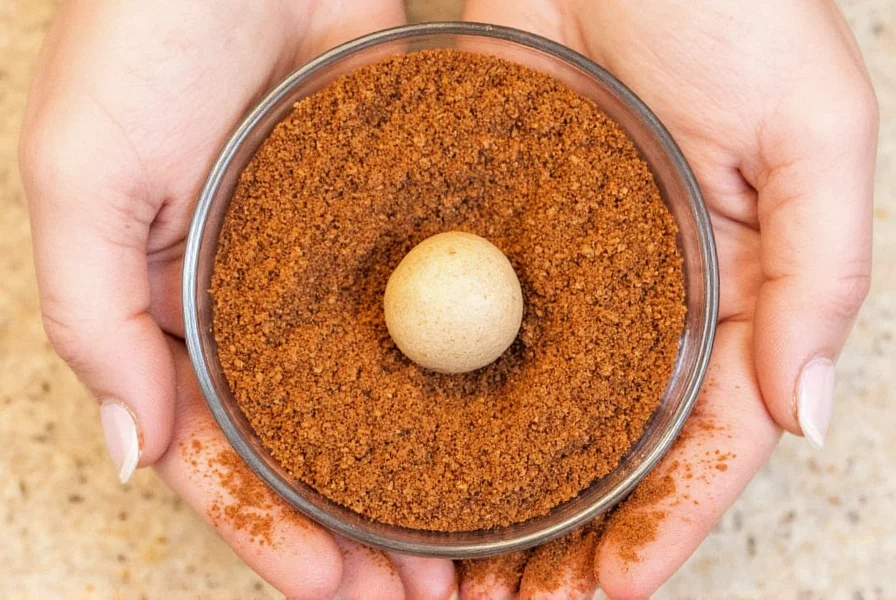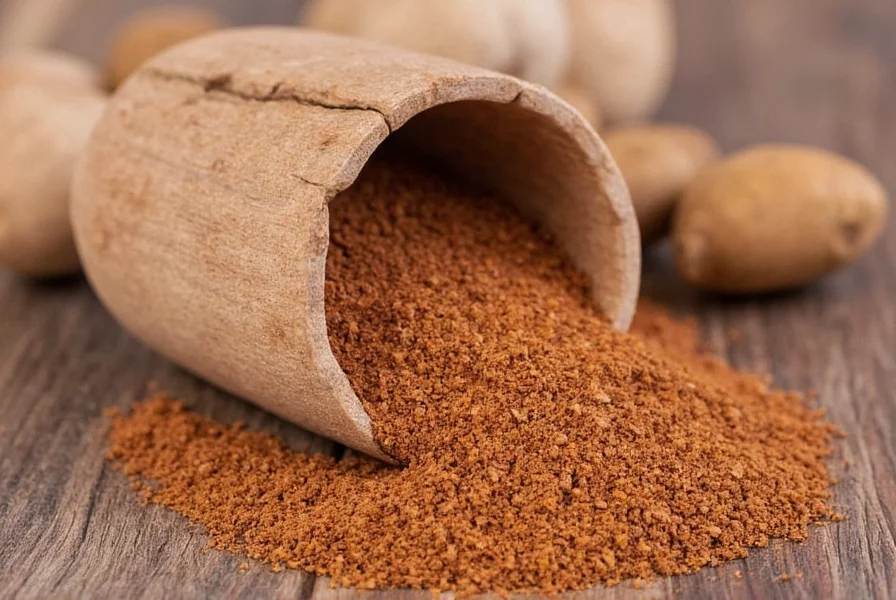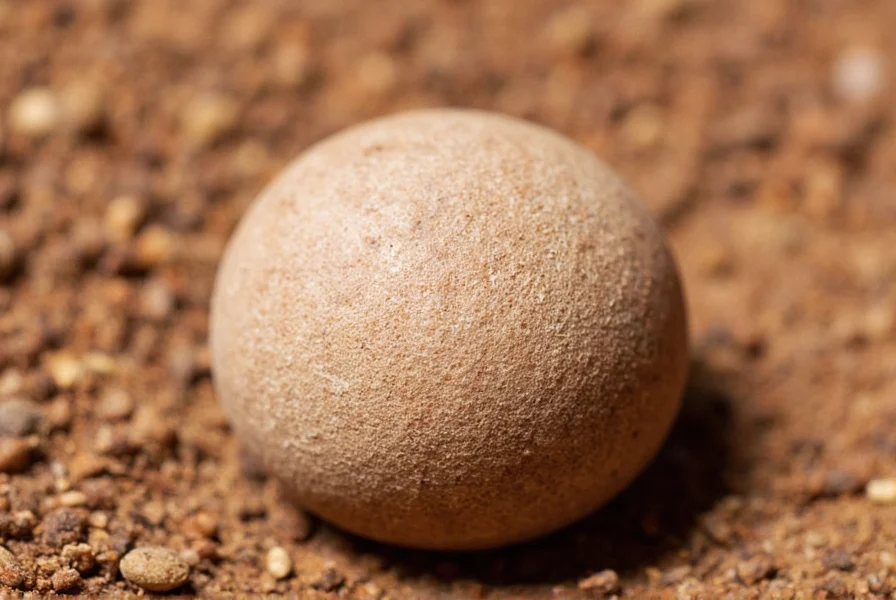Understanding the superiority of whole nutmeg begins with its botanical origin. This small, oval seed comes from the same tropical evergreen tree that produces mace (the reddish aril surrounding the seed). When harvested ripe, the fruit splits open to reveal the precious nutmeg seed encased in lacy mace. Properly dried whole nutmeg maintains exceptional quality for 2-3 years when stored correctly, compared to mere months for pre-ground versions.
The Flavor Science Behind Whole Nutmeg
Chemical analysis reveals why whole nutmeg outperforms ground alternatives. The essential oil content of fresh-ground nutmeg measures approximately 8-15%, while pre-ground versions often contain less than 3% due to oxidation and evaporation of volatile compounds like myristicin and elemicin. These compounds degrade within days after grinding, explaining the flat flavor of store-bought ground nutmeg.
When you grind whole nutmeg immediately before use, you release these delicate aromatic compounds at their peak potency. This creates a warm, slightly sweet profile with notes of clove, citrus, and pine that transforms dishes from ordinary to extraordinary. The texture difference matters too—freshly ground nutmeg has a fine, almost powdery consistency that integrates seamlessly into sauces and batters.

Proper Storage Techniques for Maximum Freshness
Preserving whole nutmeg's quality requires specific storage methods. Exposure to light, heat, and humidity accelerates flavor degradation. Follow these evidence-based storage guidelines:
| Storage Method | Expected Shelf Life | Flavor Retention |
|---|---|---|
| Air-tight container in cool, dark pantry | 2-3 years | 90-95% |
| Refrigerated in vacuum-sealed container | 3-4 years | 95-98% |
| Room temperature in clear container | 6-12 months | 60-70% |
| Pre-ground in standard spice jar | 3-6 months | 20-40% |
For optimal results, purchase whole nutmeg seeds that feel heavy for their size (indicating high oil content) and have a hard, smooth shell without cracks. Avoid seeds that feel light or crumble when gently pressed, as these have lost significant volatile oils.
Grinding Methods: Tools and Techniques
The right grinding approach dramatically impacts flavor extraction. While many home cooks reach for standard spice grinders, traditional methods yield superior results:
- Nutmeg grater: A specialized fine-holed metal grater produces the most consistent texture. Hold the nutmeg seed firmly and use downward pressure with rotating motion.
- Microplane: The second-best option for home kitchens. Use light pressure to avoid clogging the fine holes.
- Mortar and pestle: Effective but labor-intensive. Crush the seed first, then grind in circular motions.
Avoid standard coffee or spice grinders, which generate heat that degrades delicate flavor compounds. Never use pre-ground nutmeg as a substitute in recipes specifying freshly grated—the flavor difference is substantial enough to alter dish outcomes.

Culinary Applications and Pairings
Whole nutmeg's versatility spans sweet and savory applications. Unlike pre-ground versions that often taste one-dimensional, freshly grated nutmeg reveals complex flavor layers that complement specific ingredients:
- Dairy-based sauces: Bechamel, cheese sauces, and custards benefit from nutmeg's ability to cut richness while enhancing dairy flavors
- Root vegetables: Carrots, sweet potatoes, and squash gain depth when paired with freshly grated nutmeg
- Dark leafy greens: Spinach and kale transform with just a pinch of fresh nutmeg
- Baked goods: Gingerbread, pumpkin pie, and spice cakes showcase nutmeg's warm notes
Professional chefs typically add freshly grated nutmeg during the final stages of cooking to preserve volatile compounds. For savory dishes, they use approximately 1/8 teaspoon per serving; for sweet applications, 1/16 teaspoon provides optimal balance without overwhelming other flavors.
Nutritional Profile and Health Considerations
Whole nutmeg contains higher concentrations of beneficial compounds than pre-ground versions. Per teaspoon of freshly grated nutmeg:
- Provides 10% of daily manganese needs (essential for bone health)
- Contains 6% of daily copper requirements (supports iron metabolism)
- Offers 5% of daily thiamine (vitamin B1)
- Contains myristicin, which preliminary research suggests may support cognitive function
While generally safe in culinary amounts, excessive consumption (more than 1-2 teaspoons daily) may cause adverse effects due to myristicin content. Pregnant women should consult healthcare providers about appropriate usage levels.
Common Usage Mistakes to Avoid
Even experienced cooks make critical errors with whole nutmeg that diminish its potential:
- Grating too far in advance: Flavor compounds begin degrading within 15 minutes of grinding
- Using dull graters: Creates uneven texture and generates heat that damages flavor
- Overusing in recipes: Fresh nutmeg's potency means recipes requiring 1/4 teaspoon pre-ground need only 1/8 teaspoon fresh
- Storing near heat sources: Kitchen cabinets above stoves reduce shelf life by 50%
Mastering whole nutmeg usage requires understanding its unique properties. When properly handled, this humble seed elevates dishes with complexity no pre-ground version can match. The investment in quality whole nutmeg and proper tools pays dividends in flavor that transforms ordinary cooking into exceptional culinary experiences.
Frequently Asked Questions
How much stronger is freshly grated nutmeg compared to pre-ground?
Freshly grated nutmeg delivers approximately 3 times more flavor intensity than pre-ground versions due to preserved volatile compounds. This means recipes calling for 1/4 teaspoon pre-ground nutmeg typically require only 1/8 teaspoon of freshly grated for equivalent flavor impact.
What's the best tool for grinding whole nutmeg at home?
A dedicated nutmeg grater produces the best results, followed by a fine Microplane. These tools create the ideal fine texture without generating heat that degrades flavor compounds. Standard spice grinders create excessive heat and often leave uneven particles that affect dish texture.
How can I tell if my whole nutmeg has gone bad?
Fresh whole nutmeg should feel heavy for its size and have a hard, smooth shell. If it feels light, crumbles when pressed, or shows visible mold, it has degraded. Properly stored whole nutmeg maintains quality for 2-3 years, while pre-ground versions lose significant flavor within 3-6 months.
Why do professional chefs always use whole nutmeg instead of ground?
Professional chefs exclusively use whole nutmeg because grinding it fresh preserves volatile aromatic compounds that degrade rapidly in pre-ground form. This delivers significantly more complex flavor, better texture integration in dishes, and consistent results that pre-ground versions cannot match.











 浙公网安备
33010002000092号
浙公网安备
33010002000092号 浙B2-20120091-4
浙B2-20120091-4